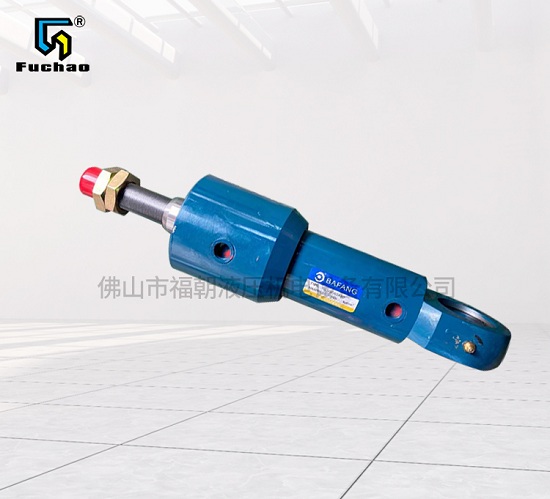Hydraulic cylinder manufacturer During surface treatment inspection, inspection is usually carried out according to certain standards.
The following are some common surface treatment inspection standards:
1. Surface quality inspection:
inspect Hydraulic cylinder Whether the surface of is flat and smooth without obvious unevenness, scratches or other damages.
The surface quality has a direct impact on the working performance and life of the hydraulic cylinder.
2. Surface cleanliness inspection:
Check the cleanness of the hydraulic cylinder surface to ensure that there is no dust, grease, moisture or other impurities.
Impurities may affect the sealing performance and movement stability of the hydraulic cylinder.
3. Surface coating inspection:
Check whether the hydraulic cylinder has been properly coated, such as galvanized, chrome plated, etc.
The quality and uniformity of the coating have a direct impact on the anti-corrosion performance and appearance of the hydraulic cylinder.
4. Surface hardness inspection:
Use a hardness tester to measure the surface hardness of the hydraulic cylinder.
The surface hardness is one of the important indexes to evaluate the wear resistance and fatigue resistance of hydraulic cylinders.
5. Surface roughness inspection:
Use a surface roughness meter to measure the roughness value of the hydraulic cylinder surface.
The roughness value can reflect the smoothness of the hydraulic cylinder surface, and has a certain impact on the sealing performance and the service life of the hydraulic cylinder.

6. Surface abrasion inspection:
Check the hydraulic cylinder surface for wear.
Abrasion may reduce the working performance of the hydraulic cylinder, or even cause leakage.
7. Surface oxidation inspection:
Check the hydraulic cylinder surface for oxidation.
Oxidation may affect the sealing performance and life of the hydraulic cylinder.
8. Surface lubrication inspection:
Check the lubrication of the hydraulic cylinder surface.
Adequate lubrication can reduce friction and wear and ensure the normal operation of the hydraulic cylinder.
9. Surface color inspection:
Check whether the color of the hydraulic cylinder surface is uniform and bright.
The consistency and brightness of the color can reflect the quality of the surface treatment of the hydraulic cylinder.
10. Surface identification inspection:
Check whether the hydraulic cylinder surface has correct identification, such as manufacturer name, product model, production date, etc.
Proper identification helps to manage and maintain the hydraulic cylinders.
in general, Hydraulic cylinder factory When inspecting the surface treatment, we mainly focus on the surface quality, cleanliness, coating, hardness, roughness, wear, oxidation, lubrication, color and identification. These inspection criteria help ensure the quality and performance of the hydraulic cylinders.




